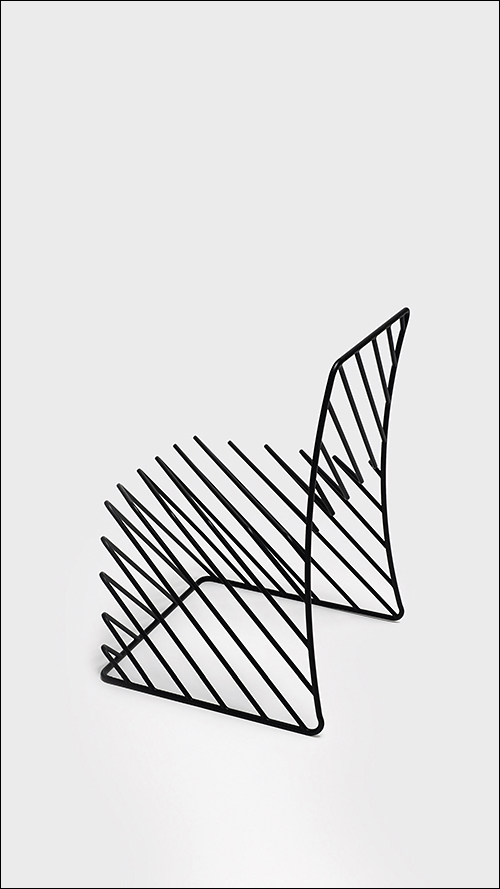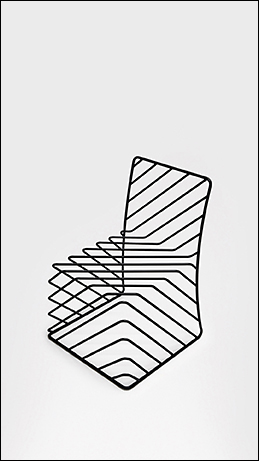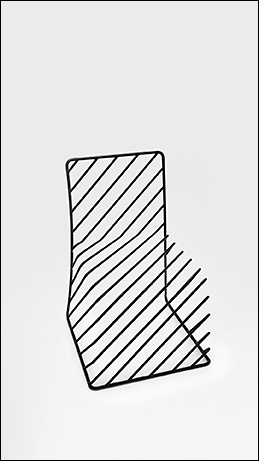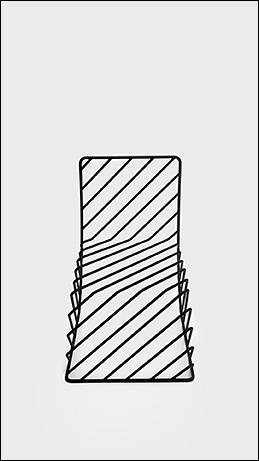Nendo
It was on display in the Seventeenth century Longhena Library, one of the most fascinating rooms at the Cini Foundation in Venice…
Essay by Michele De Lucchi
At the Homo Faber exhibition, my eye was caught by a beautiful nendo vase.
It was on display in the Seventeenth century Longhena Library, one of the most fascinating rooms at the Cini Foundation in Venice…. The aim was to tell the story of design, of its changing styles and evolving tastes, through the medium of flower vases. This was a very interesting idea, something of a pilot exhibition that still had plenty of scope for development. Vases are ancient history. The functional as well as aesthetic evolution of these artefacts also provides a clear and simple picture of how the taste and meaning of craftsmanship have moved through the ages.

This extensive introduction brings us to the work of nendo, which lies deep in the furrow of that evolving design and is not just an aesthetic feat. Against the background of the Venice exhibition, their Patchwork-Glass vase exuded an instant thrill. A work of highly skilled craftsmanship, it is made up of numerous interconnected snippets of glass. Whether these were welded, glued or fired together in the furnace is hard to tell. But the mystery of the object’s technical manufacture makes its beauty still more intriguing. The result is a marvel. Moreover, it implies that even such a plain and humble, mature and experimented-on object as a vase can still be reinvented and turned into something different. This, I believe, is what design today is all about: it’s about injecting new energy into things that have always existed, experimenting with untested approaches and creating new forms to represent the anthropological and imaginative needs of contemporaneity.

The nendo studio is a master in this respect. All of its designs are fanciful, bold and innovative. Its expressive flair is both poetic and parsimonious, making its objects aesthetically delightful yet rooted in formal, functional, structural and material innovation. Often completely white or formed by subtle lines, they are never overstated; they have no super- structures or pointless decorative features. Their essentiality immediately reveals an evolutionary urge and suggests that, luckily, there are still a whole lot of things to be invented. This makes us happy. For it’s a quality not easily found in the works of other designers.

